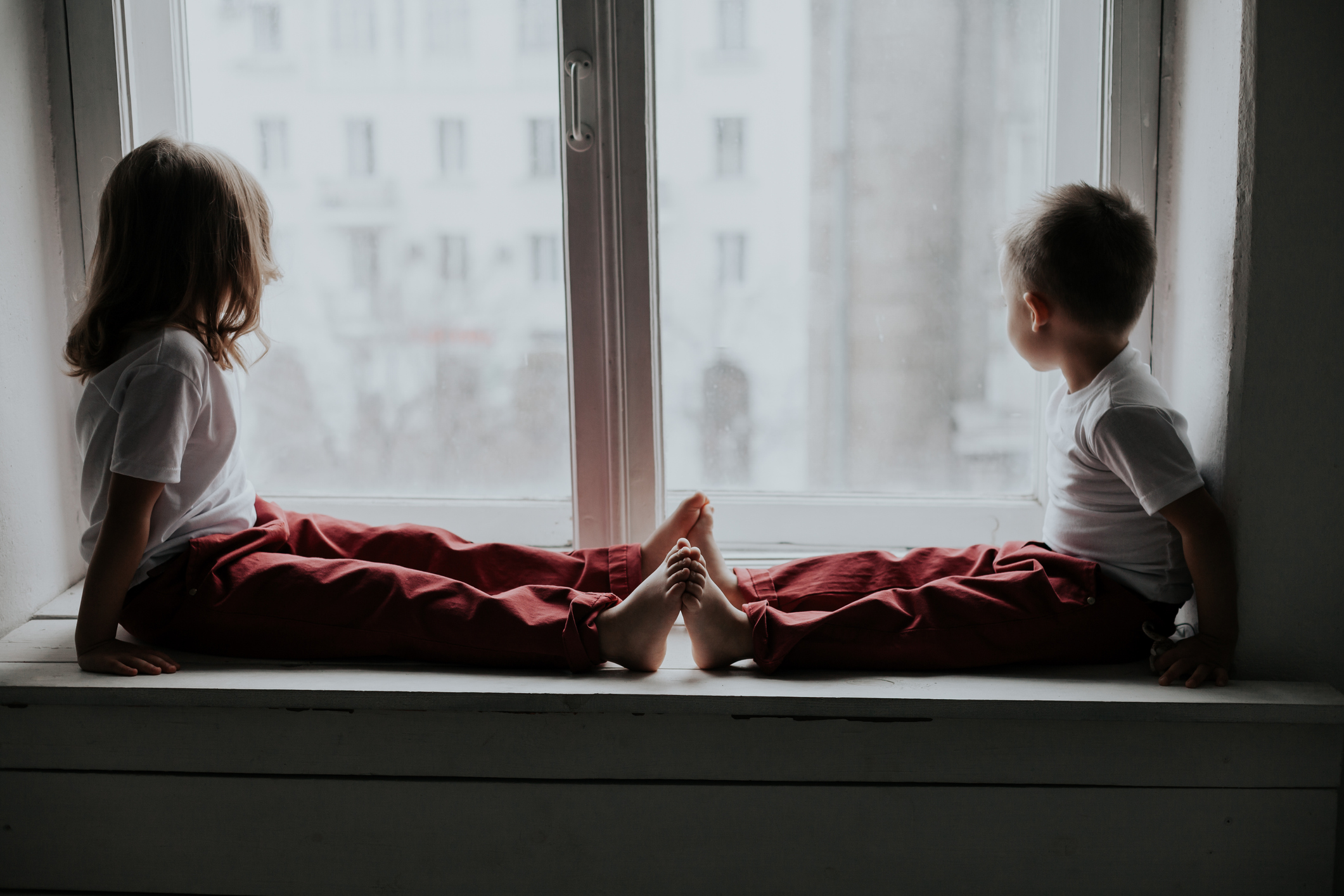Seasonal Affective Disorder (SAD) is a form of depression that follows a seasonal pattern, emerging in the fall and winter as daylight lessens and letting up in the spring and summer as the days lengthen.
While SAD has received a fair amount of attention for its effects on adults, the condition can also affect children. Here’s what you should know about SAD and how to help your child if they experience it.
Signs of SAD
What distinguishes SAD from other forms of depression is that it only occurs for a few months of the year and has a distinct seasonal pattern. Symptoms can range from mild to severe and can include:
- Changes in mood that can include sadness, irritability or hopelessness most of the time for at least two weeks.
- Lack of enjoyment in things that are normally enjoyable or a feeling that tasks can’t be accomplished as well as before.
- Low energy
- Changes in sleep
- Changes in appetite
- Difficulty concentrating

To be diagnosed with SAD, your child has to have experienced these symptoms seasonally for at least two years. In addition to the above symptoms, you might notice your child’s grades are slipping or they have withdrawn from social activities. Though SAD is most common in teens and those in their early 20s, children can experience it as well.
How to Help Your Child
If you’re concerned your child might be experiencing SAD, the first thing to do is speak with their doctor. Symptoms of SAD can also be symptoms of other conditions, so it’s best to have those ruled out before assuming your child is experiencing depression.
If your child’s doctor suspects SAD, there are some things you can do to help your child feel better:
- Participate in their treatment by asking the doctor how you can help.
- Help your child understand SAD and why they’re feeling the way they do
- Spend quality time with your child
- Offer help with homework
- Help your child eat healthily and establish a sleep routine
You can also help by:
- Encouraging your child to get outside regularly, even on cloudy days
- It may be winter, but opening up the shades in your home can bring more natural light in
- Trying light therapy
- Encouraging regular exercise
If the above treatments don’t work, your doctor may recommend medications to help relieve your child’s symptoms. It’s important to take your child’s symptoms seriously. Doing so can help your child feel better faster.







